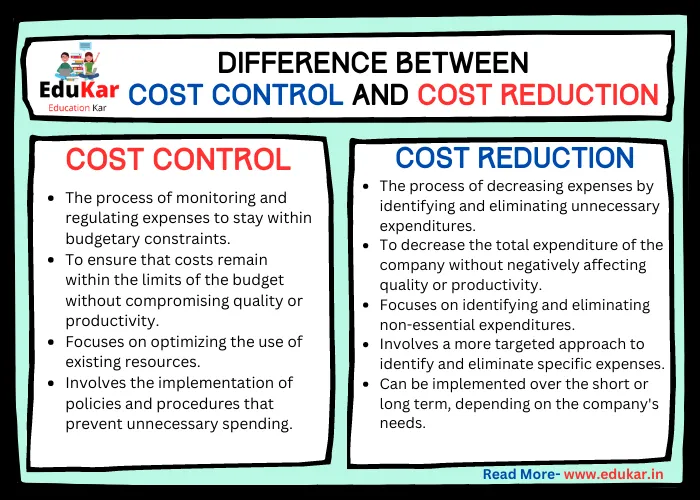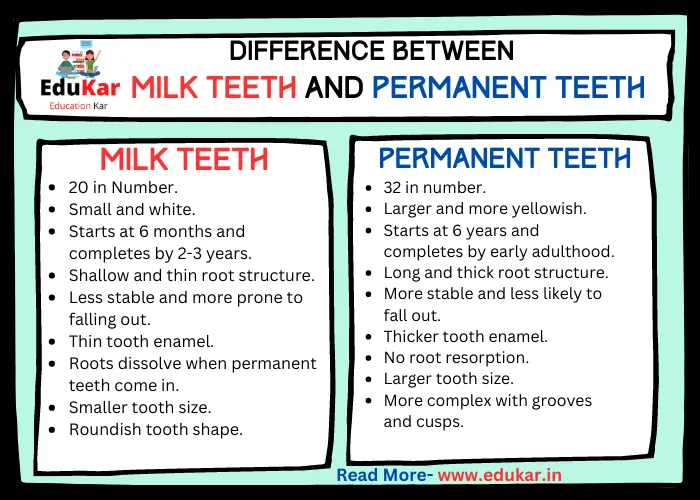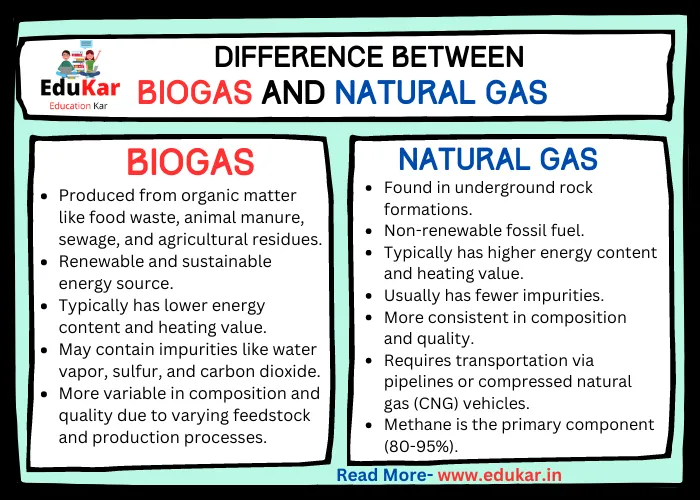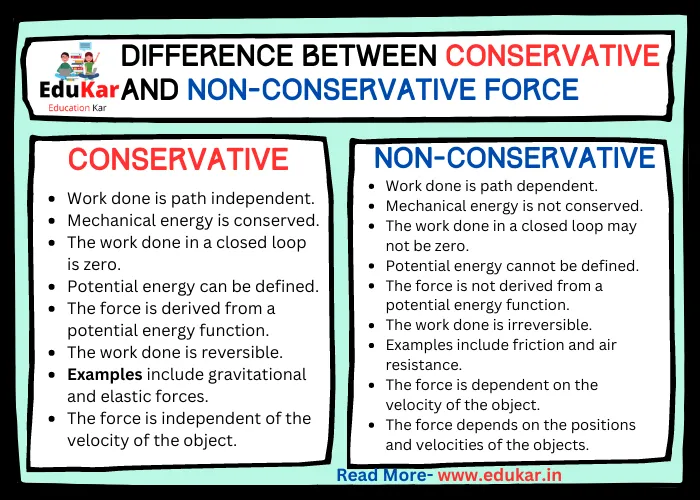Contents
- 1 Organised Sector:
- 2 Unorganised Sector:
- 3 Differences between Organised and Unorganised Sectors
- 4 Importance of Organised Sector
- 5 Challenges in the Organised Sector
- 6 Challenges in the Unorganised Sector
- 7 Opportunities for Growth and Development
- 8 Conclusion
- 9 FAQs:
- 9.1 What are the key differences between the organized and unorganized sectors?
- 9.2 How do the organized and unorganized sectors contribute to the economy?
- 9.3 What are some examples of organized sector jobs?
- 9.4 What are some examples of unorganized sector jobs?
- 9.5 How do the organized and unorganized sectors contribute to the economy?
- 9.6 What are some of the policy measures that can help improve the conditions of workers in the unorganized sector?
Learn about the key differences between the organized and unorganized sector in the economy. Discover the characteristics of each sector, the types of jobs they include, and the challenges faced by workers in the unorganized sector. Explore policy measures that can help improve the conditions of workers in this sector.

In an economy, there are two types of sectors, the organised sector and the unorganised sector. Understanding the difference between the two is crucial as it helps to identify the benefits and challenges associated with each sector. This blog will discuss the differences between the organised and unorganised sectors, their characteristics, and the importance of the organised sector in the economy.
Organised Sector:
The organised sector is the part of an economy that is registered and regulated by the government. The sector comprises of industries, companies, and organisations that follow specific rules and regulations. Some of the characteristics of the organised sector include formal registration and regulation, payment of minimum wages, employment benefits, safety and working conditions, and job security.
Formal registration and regulation in the organised sector ensure that the industry complies with government rules and regulations. Companies in the organised sector are required to obtain licences, permits, and comply with labour laws, tax regulations, and other government requirements. For example, a company that operates in the manufacturing industry must have a permit from the government to operate, and it must also comply with labour laws that protect the rights of workers.
The organised sector also offers employment benefits to its employees, such as health insurance, pension plans, paid leaves, and other allowances. These benefits are designed to attract and retain employees, and they provide a safety net for employees in case of illness or injury.
Safety and working conditions in the organised sector are also regulated by the government. Companies in the organised sector must provide their employees with safe working conditions and protect them from hazardous and dangerous working conditions. This ensures that the employees work in a healthy and safe environment that is conducive to productivity and growth.
Job security is also a significant feature of the organised sector. Employees in the organised sector are protected by laws and regulations that ensure that they are not laid off without valid reasons. This provides a sense of security and stability to employees, which is important for their growth and development.
Unorganised Sector:
The unorganised sector is the part of an economy that is not registered or regulated by the government. The sector comprises of industries, companies, and organisations that do not follow specific rules and regulations. Some of the characteristics of the unorganised sector include no formal registration or regulation, low wages and no employment benefits, unsafe working conditions, and lack of job security.
The unorganised sector is characterised by informal labour relations that are not regulated by the government. Workers in the unorganised sector are often paid lower wages and are not provided with employment benefits such as health insurance, pension plans, paid leaves, or other allowances. This makes it difficult for them to manage their finances and support their families.
Safety and working conditions in the unorganised sector are often poor, and employees are not provided with the necessary safety equipment or protective gear. This exposes them to hazardous and dangerous working conditions, which can result in injuries or even death. Furthermore, job security is not guaranteed in the unorganised sector. Employees in the sector are often laid off without notice, and their wages are often irregular.
Differences between Organised and Unorganised Sectors
| Organised Sector | Unorganised Sector |
|---|---|
| 1. Registered and regulated by the government. | 1. Not registered or regulated by the government. |
| 2. Large scale enterprises with advanced technology and high capital investment. | 2. Small scale enterprises with low capital investment and limited use of technology. |
| 3. Provides formal employment with job security and social security benefits. | 3. Provides informal employment with little or no job security and social security benefits. |
| 4. Follows standard labour laws and regulations. | 4. May not follow labour laws and regulations. |
| 5. Generally produces high-quality products and services. | 5. Quality of products and services may vary. |
| 6. Contributes significantly to the country’s GDP. | 6. Contributes less to the country’s GDP. |
| 7. Examples include large companies, government departments, and public sector units. | 7. Examples include small shops, street vendors, and household enterprises. |
Importance of Organised Sector
The organised sector plays a critical role in the economic development of a country. The sector contributes significantly to the gross domestic product (GDP) and generates formal employment opportunities for the people. Some of the importance of the organised sector in the economy include:
1. Contribution to GDP
The organised sector contributes significantly to the GDP of a country. The sector generates revenue through the sale of goods and services, which contributes to the overall economic growth of the country. The organised sector also pays taxes to the government, which helps to fund public services such as education, healthcare, and infrastructure development.
2. Creation of Formal Employment
The organised sector provides formal employment opportunities to the people. Formal employment offers job security, regular wages, and employment benefits to the employees. This ensures that the employees can manage their finances effectively and support their families. Formal employment also provides opportunities for skills development and career growth, which is important for the overall growth and development of the country.
3. Growth in Productivity and Innovation
The organised sector is characterised by high levels of productivity and innovation. Companies in the sector invest in research and development, which leads to the development of new products and services. This, in turn, drives economic growth and development. The organised sector also promotes the use of advanced technologies, which improves efficiency and productivity in the sector.
4. Social and Economic Development
The organised sector contributes to social and economic development by promoting entrepreneurship and small business development. The sector provides opportunities for small businesses to supply goods and services to larger companies, which promotes economic growth and development. The organised sector also supports the development of infrastructure and public services, which improves the standard of living of the people.
Challenges in the Organised Sector
The organised sector faces challenges such as high labour costs, competition from other sectors, and changing consumer preferences. Companies in the sector must constantly innovate and adapt to remain competitive and profitable. The sector also faces the challenge of maintaining a skilled workforce, which is critical for productivity and growth.
Challenges in the Unorganised Sector
The unorganised sector faces challenges such as lack of access to formal credit, low productivity, and poor working conditions. Workers in the sector often work long hours for low wages, which makes it difficult for them to improve their standard of living. The sector also faces challenges such as lack of access to technology, which limits productivity and growth.
Opportunities for Growth and Development
Both the organised and unorganised sectors have opportunities for growth and development. The organised sector can expand into new markets and invest in research and development to remain competitive. The sector can also adopt new technologies to improve efficiency and productivity. The unorganised sector can formalise its operations and access formal credit to improve productivity and growth. The sector can also adopt new technologies to improve working conditions and productivity.
Conclusion
The organised and unorganised sectors are critical components of an economy. The organised sector contributes significantly to the GDP, generates formal employment opportunities, and promotes growth and development. The unorganised sector provides employment opportunities to a large segment of the population, but it faces several challenges that limit productivity and growth. Governments and policymakers must focus on promoting the development of the organised sector while also addressing the challenges faced by the unorganised sector. This will promote economic growth and development, create employment opportunities, and improve the standard of living of the people.
FAQs:
What are the key differences between the organized and unorganized sectors?
The organized sector is characterized by formal registration with the government, legal protection for workers, regulated working conditions, and access to social security benefits. In contrast, the unorganized sector typically lacks these protections, and workers in this sector are often employed in informal, casual, or temporary jobs without access to social security benefits.
How do the organized and unorganized sectors contribute to the economy?
The organized sector contributes to the economy by generating formal employment opportunities, producing goods and services for the market, and paying taxes to the government. The unorganized sector also contributes to the economy, but to a lesser extent, as many jobs in this sector are informal and unregistered, and may not be subject to taxation.
What are some examples of organized sector jobs?
Examples of organized sector jobs include those in large corporations, government agencies, public-sector enterprises, and registered businesses. These jobs may offer formal contracts, regulated working hours, health insurance, retirement benefits, and other employment benefits.
What are some examples of unorganized sector jobs?
Examples of unorganized sector jobs include those in small and informal businesses, street vending, domestic work, daily wage labor, and other forms of informal employment. These jobs are typically characterized by casual or temporary work arrangements, low wages, and little or no access to social security benefits.
How do the organized and unorganized sectors contribute to the economy?
The organized sector contributes to the economy by generating formal employment opportunities, producing goods and services for the market, and paying taxes to the government. The unorganized sector also contributes to the economy, but to a lesser extent, as many jobs in this sector are informal and unregistered, and may not be subject to taxation.
What are some of the policy measures that can help improve the conditions of workers in the unorganized sector?
Policy measures that can help improve the conditions of workers in the unorganized sector include providing social security benefits, implementing minimum wage laws, improving working conditions, and promoting formalization of informal businesses. Other measures may include providing training and skill development opportunities, improving access to credit and finance, and strengthening labor protections and rights.















